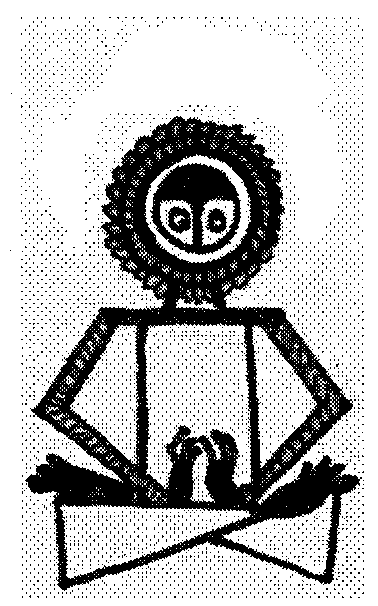Soaring upwards
Can be like reaching down
Pushing forward
Can be like pushing back
Going right
Can be like Going left
Within is within
All things begin
And end at the cross roads
–GraalBaum 2013

This world-mountain was Nizir to the Chaldeans, Olympus to the Greeks, Hara Berezaiti to the Persians of the Avesta, the later Alborz and Elburz; a transfer, as says Mme. Ragozin, of ‘mythical heavenly geography to the earth.’ This mountain—the solar hill of the Egyptians—we shall again refer to in the next two or three chapters. At its apex springs, the heaven tree on which the solar bird is perched. From its roots spring the waters of life—the celestial sea, which, rushing adown the firmament, supplies the ocean which circumscribes the earth or falls directly in rain. At their fountain these springs are guarded by a goddess. In Egypt Nut, the goddess of the oversea, leans from the branches of the heavenly persea and pours forth the celestial water. In the Vedas, Yama, lord of the waters, sits in the highest heaven in the midst of the heavenly ocean under the tree of life, which drops the nectar Soma, and here, on the ‘navel of the waters,’ matter first took form. In the Norse, the central tree Yggdrasil has at its roots the spring of knowledge guarded by the Norns, the northern Fates; two swans the parents of all those of earth, float there. In Chaldea the mighty tree of Eridu, centre of the world, springs by the waters. The Avesta gives a very complete picture—Iran is at the centre of the seven countries of the world; it was the first created, and so beautiful, that were it not that God has implanted in all men a love for their own land, all nations would crowd into this the loveliest land. To the east somewhere, but still at the centre of the world, rises the ‘Lofty Mountain,’ from which all the mountains of the earth have grown, ‘High Haraiti;’ at its
summit is the gathering place of waters, out of which spring the two trees, the heavenly Haoma (Soma), and another tree which bears all the seeds that germinate on earth. This heavenly mountain is called ‘Navel of Waters,’ for the fountain of all waters springs there, guarded by a majestic and beneficent goddess. In Buddhist accounts, the waters issue in four streams like the
Eden from this reservoir, and flow to the cardinal points, each making one complete circuit in its descent. In the Persian Bundahish there are two of these heavenly rivers flowing east and west. To the Hindus the Ganges is such a heavenly stream. ‘The stream of heaven was called by the Greeks Achelous.’ The Nile in Egypt, the Hoang-Ho in China, and the Jordan to the Jews, seem to have been celestial rivers. This mountain of heaven is often figured in Christian art with the four rivers issuing from under the Throne of God.
Sir John Maundeville gives an account of the earthly Paradise quite perfect in its detailed scheme. It is the highest place on earth, nearly reaching to the circle of the moon (as in Dante), and the flood did not reach it. ‘And in the highest place, exactly in the middle, is a well that casts out the four streams’—Ganges, Nile, Tigris, and Euphrates. ‘And men there beyond say that all the sweet waters of the world above and beneath take their beginning from the well of Paradise, and out of that well all water come and go.
http://www.sacred-texts.com/earth/amm/amm07.htm
http://chasinghermes.com/2009/04/24/08-axis-mundi.aspx


